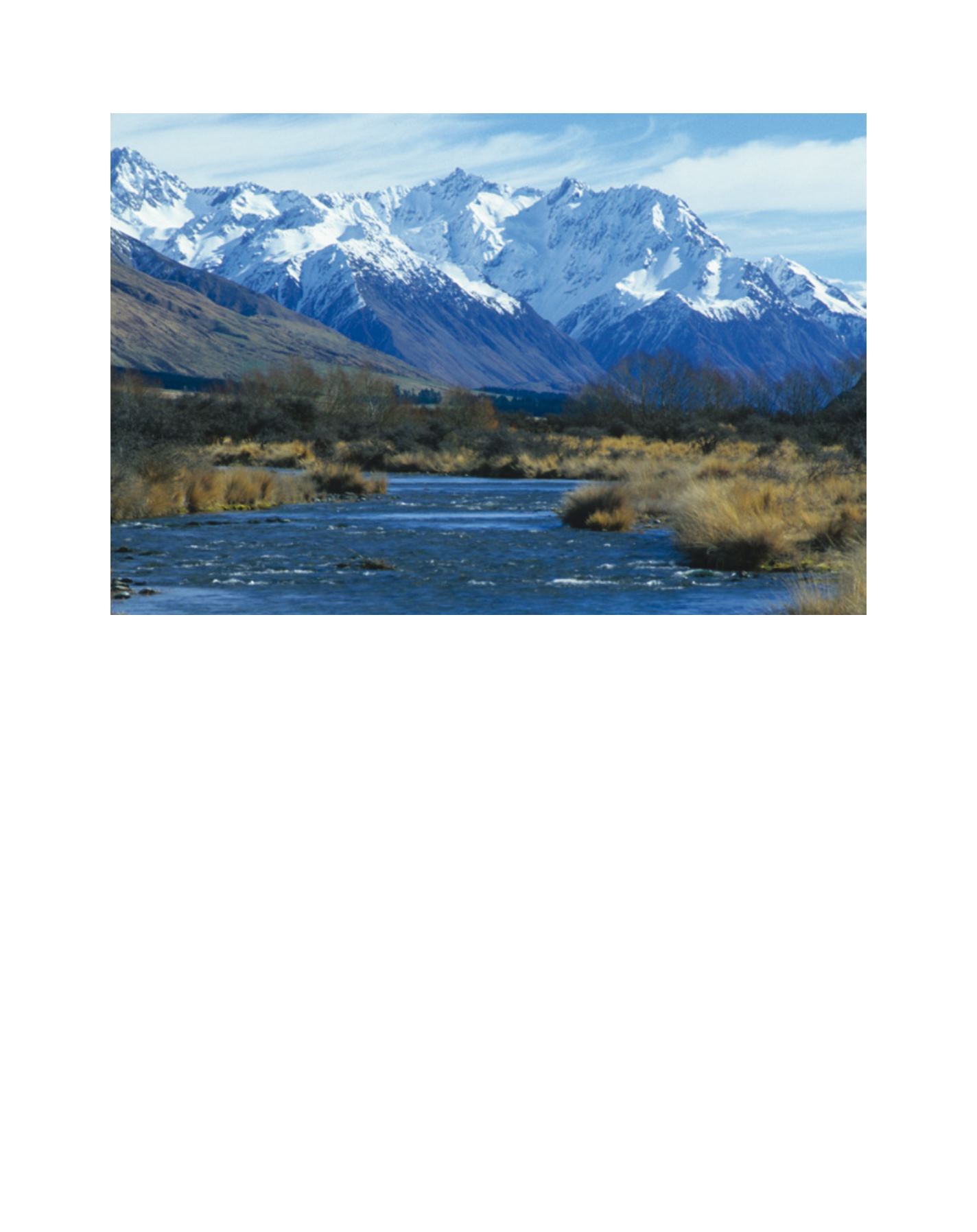

[
] 179
L
egal
F
ramework
at
the
N
ational
/I
nternational
L
evel
mendations on how the freshwater objectives and limits
should be met. These included approaches to improve
management practices for land and water use and to deal
with over-allocation, the clarification and extension of
the consenting system, and the facilitation of voluntary
transfer and trading of consents.
Following the forum’s first report and its conversations
around the country, the Government put in place a limit-
setting regime for fresh water through its 2011 National
Policy Statement on Freshwater Management, which
required regional authorities to set limits for water quality
and quantity. It also put in place a National Clean-up
Fund and an Irrigation Acceleration Fund. These actions
opened the way for the forum’s second mandate and its
more detailed second
6
and third
7
reports.
In March 2013 the Government issued the
Freshwater reform – 2013 and beyond
consultation
document calling for:
• a catchment-based collaborative planning process
• a National Objectives Framework requiring all
waters to meet minimum states for ecosystem and
human health and to provide for consistency of
approaches among regional authorities
• government direction, guidance and support
for regional authorities to ensure infrastructure,
processes, techniques and tools are in place to
manage water within the limits regime.
and a ‘Small Group’ of 21 major stakeholders assisted by regional and
central government as ‘active observers’. This subgroup carried out
the principal task of formulating consensus. It included pastoral agri-
culture and horticulture, forestry, hydropower, water infrastructure
interests, recreationalists, tourism and environmental groups, as well
as M
ā
ori tribes representing the Crown’s Treaty of Waitangi partners.
The forum received extensive help from the knowledge community
in New Zealand including scientists, social scientists, economists and
policy specialists, mostly without payment.
The Government gave LWF two successive mandates and substan-
tially funded its operations. Over a four year period, LWF reached
consensus on a fully-developed blueprint for land and water manage-
ment in New Zealand. The forum prepared three reports, and after the
first one forummembers travelled to all 16 regions of New Zealand to
discuss the suggested recipe for reform with the wider public.
In its three reports and their 158 recommendations (and a statement
on M
ā
ori rights and interests) the LWF recognized that water must
be managed in the context of the whole hydrological cycle and that
the way we manage land and soil affects the quantity and availability
of fresh water. In essence, it recommended bottom-line objectives,
set at the national level, to ensure that all water bodies are of good
ecological health, that their prestige, or 'mana'
–
as M
ā
ori patici-
pants put it
–
is maintained and are not harmful to human health.
It proposed that within this framework, quantitative and qualitative
objectives for water bodies should be set by communities at catchment
or subcatchment levels, and it described the collaborative processes
by which these tasks should be carried out. It made detailed recom-
Double Hill Stream in the Canterbury high country has high water quality, reflecting the undeveloped nature of the catchment
Image: NIWA


















